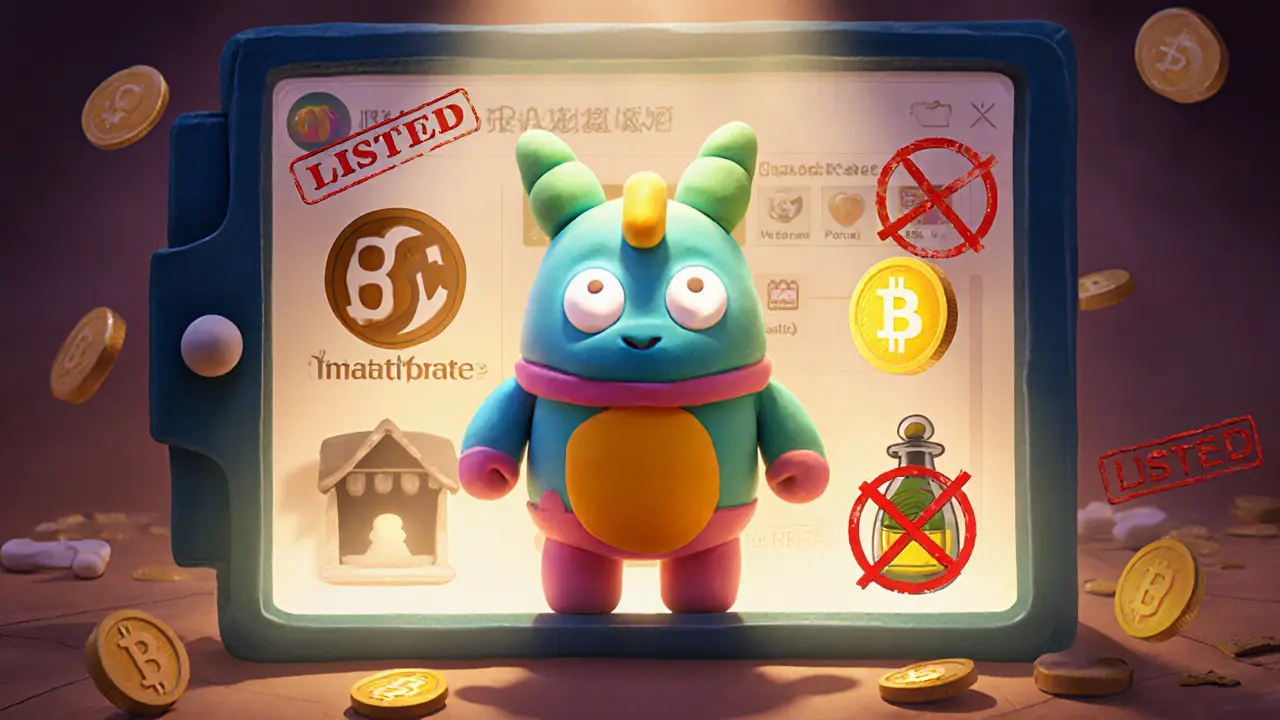RACA Tokens: What They Are, Why They Matter, and What to Watch For
When you hear RACA tokens, a low-market-cap cryptocurrency token often tied to obscure DeFi projects or meme-driven ecosystems. Also known as RACA coin, it’s one of hundreds of tokens that pop up on decentralized exchanges with little transparency, no audits, and even less community trust. Unlike Bitcoin or Ethereum, RACA tokens don’t represent a well-known network or protocol. They’re not built on a major chain like Ethereum or Solana with clear use cases. Instead, they’re often launched as speculative assets—cheap, easy to mint, and hard to value.
What makes RACA tokens different from other obscure tokens? Not much. They show up in the same places as DeFi tokens, crypto assets designed to earn rewards, access services, or govern protocols within decentralized finance systems that vanish after a few months. You’ll find them on platforms like SkullSwap or Kalata Protocol—exchanges with no audits, low liquidity, and zero long-term support. These tokens thrive on hype, not fundamentals. Their value isn’t driven by real-world adoption but by trading volume from bots and early buyers hoping to flip before the rug pull.
Behind most RACA tokens is a story you won’t find in whitepapers: anonymous teams, modified smart contracts, and sudden price spikes followed by crashes. They’re often bundled with fake airdrops—like the SUNI or CHIHUA scams we’ve seen—where users are lured into claiming tokens that have no market value. Even when RACA tokens claim to be part of a new blockchain tool or yield farm, the reality is usually the same: no team, no roadmap, no future. The tokenomics, the economic structure behind a crypto token, including supply, distribution, and incentive models rarely adds up. Total supply? Often unlimited. Locked liquidity? Usually zero. Trading volume? Barely enough to cover gas fees.
So why do people still trade them? Because someone always makes a quick profit—and that’s enough to keep the cycle going. But if you’re looking for real value, RACA tokens won’t give it to you. They’re not a store of value, not a utility token, and not a governance asset. They’re noise in a crowded market. The real question isn’t whether RACA tokens will go up—it’s whether you’re willing to risk your money on something that could disappear tomorrow.
Below, you’ll find real reviews of similar tokens and platforms—ones that look promising but turn out to be risky, misleading, or outright scams. You’ll see how projects like Sphynx Labs, Levana Protocol, and NiHao collapsed under the same conditions. You’ll learn how to spot red flags before you invest. And you’ll understand why the smartest move in crypto right now isn’t chasing the next RACA token—it’s avoiding the ones that don’t belong in your wallet.
RACA x BSC Metamon Game Airdrop: How It Worked and What You Missed
The RACA x BSC Metamon airdrop rewarded NFT holders with tokens and Potion items in 2022. Learn how it worked, who qualified, why many missed out, and what happened after.
